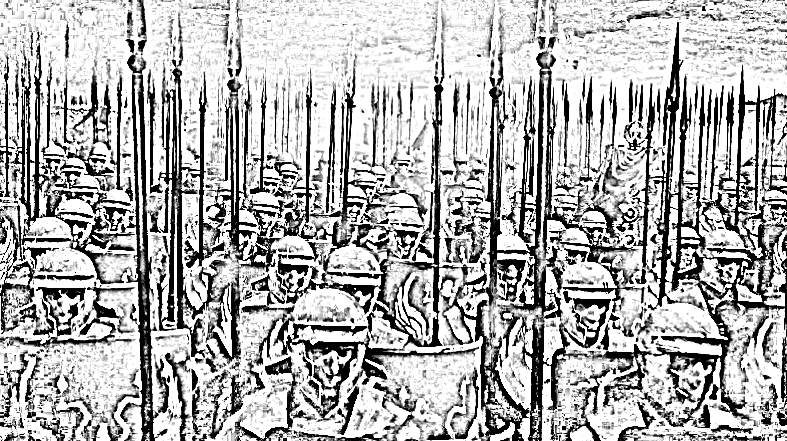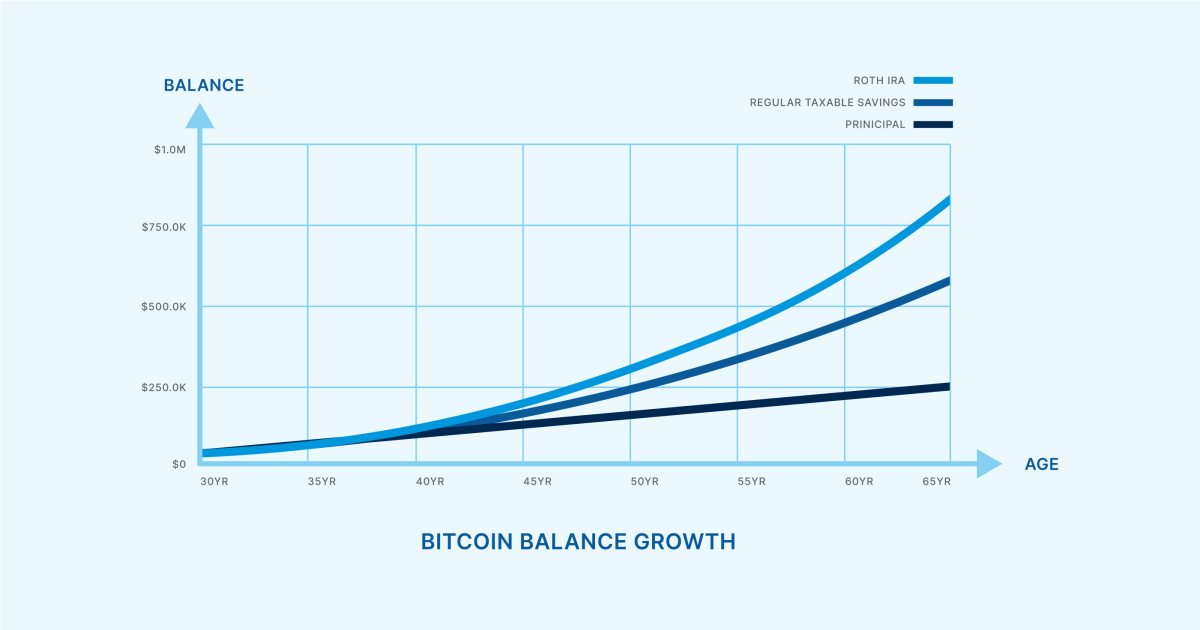In my two earlier posts (right here and right here) I described how hyperinflation hit the Weimar Republic after the tip of World Conflict 1. On November 15, 1923, the German Papiermark hit an change fee of two.5 trillion to $1. Two weeks earlier, $1 had purchased 133 billion marks; firstly of the 12 months 17,972 marks; on the foreign money’s introduction in 1914, 4.19. Germany’s foreign money died. What killed it?
We are able to start to reply that query with the equation of change, solely of the few genuinely helpful equations in economics:
MV=Py
This says that the cash provide in an economic system (M) multiplied by the variety of instances it’s spent in a given interval (velocity of circulation, V) equals the worth degree (P) multiplied by output (y); nominal spending (MV) equals nominal earnings (Py).
Assuming that V and y are mounted, it follows that any enhance in M should result in a rise in P: inflation. However in Germany in 1921-1923, Theo Balderston writes, “costs didn’t rise consistent with the cash provide as the amount principle implies.” As a substitute, he notes that:
..whereas the speed of progress of the financial base was pretty regular from 1916 to mid-1922, the speed of worth rise was something however regular. Particularly, the cash provide continued to develop, albeit slowly, in 1920-21, whereas costs had been falling.
The amount principle of cash – as restated by Milton Friedman – can account for this, nonetheless. It incorporates the ‘demand for cash,’ or the demand to carry money balances. Balderston explains that holding cash balances:
…provides the holder advantages, mainly when it comes to the comfort of liquidity – the power to spend with out forethought. Thus, a inventory of prepared cash is an asset. Nonetheless, the comfort afforded by this asset should be balanced in opposition to the lack of earnings or pleasure resulting from holding one’s wealth on this kind…as a result of there is a chance price to holding cash, folks is not going to maintain limitless quantities of it.
When these alternative prices change, so does the demand for cash. In addition to the “‘alternative price’ of holding wealth as cash balances when it comes to the curiosity earnings foregone,” Balderston notes that:
There’s additionally an ‘alternative price’ in holding wealth as cash and never as items if costs are anticipated to rise, and, lastly, in home and never in overseas foreign money if the home foreign money is anticipated to depreciate. One can subsequently hypothesise that, if home worth inflation and/or nominal rates of interest, and/or foreign money depreciation are anticipated to extend, the ‘alternative price’ of holding actual cash balances shall be perceived to rise, and people and companies will economise on these balances.
They ‘economise’ by spending their balances: in different phrases, when the chance price of holding cash balances is perceived to rise, the demand for cash falls, V will increase, and p rises, even when M is stored fixed. And, in reverse, when the chance price of holding cash balances is perceived to fall, the demand for cash rises, V decreases, and p falls, even when M is stored fixed.
Information on the ahead change fee of the mark from 1921 do present a steady, damaging relationship between anticipated inflation and the actual demand for cash. What drove expectations? Carl-Ludwig Holtfrerich, Balderston notes, “related expectational modifications to reparations crises.” Germany was wrangling with the Allies over the phrases of the Versailles Treaty which had concluded World Conflict One. In April 1921, the Allies offered their invoice. Seen as unpayable by most Germans, they believed the federal government would resort to printing cash to fulfill its liabilities. The chance price of holdings marks was perceived to rise and Germans sought to ‘economize’ on their mark holdings by spending them. Additional fiscal pressures arising from the Franco-Belgian occupation of the Rhur in January 1923 exacerbated this.
However there’s a restrict to this. The demand for actual cash balances can not fall under a sure degree as a result of the time between buying cash and spending it can’t be compressed to zero. By late 1922, Frank D. Graham argued, marks had been being spent as quick as potential. This was the interval of individuals operating to the retailers as quickly as they acquired their wages.
Thus, Balderston argues, “in the long term, inflation can not persist if the cash provide doesn’t broaden.” “On this closing interval,” he writes, “inflation was most likely pushed by the money-supply course of” outlined by Steven B. Webb, who argued that inflation expectations prompted folks to dump authorities debt which the central financial institution purchased with newly printed cash to maintain authorities borrowing prices down.
Milton Friedman famously argued that:
Inflation is at all times and in all places a financial phenomenon within the sense that it’s and may be produced solely by a extra fast enhance within the amount of cash than in output.
That description matches the Weimar hyperinflation, even when the story is a bit more nuanced than that well-known formulation suggests.
John Phelan is an Economist at Middle of the American Experiment.






















